NY Studio BiCoastal Music Closes: Hal Winer on The Economics of World Class Rooms
Adventurous. That’s the way to describe BiCoastal Music, the world-class studio in Ossining, NY that closed this week.
Built by the exacting engineer/producer Hal Winer, BiCoastal was a pioneering resource for the just-upstate area, and the musical world beyond. Debuting in 2004, it got attention right away for its seemingly contradictory name: How could such a Northeastern studio, set as it was on a scenic NY rural hillside, also be a Western possession?
Winer’s six years producing hit records in LA might have had something to do with it – part of an impressive career where he’s recorded hit records with John Patitucci, Clifford Carter, David Spinozza, Bill Evans, Rob Thomas, Kaya, Robert Randolf, Allen Toussaint, Steve Miller, KJ Denhert, Joe Bonadio, Russ DeSalvo, Thalia.
But the name of this remarkable 2,000 sq. ft. facility, which was built into Winer’s circa-1800’s house, also seemed to speak to something else. It also nodded to a kind of international view of American recording, with advanced recording sensibilities that indeed were informed by his experiences from coast to coast.
Environmentally Accurate
Designed by the Russ Berger Design Group, BiCoastal’s comfortable and accurate control room focused on an SSL C200 digital production console. Together with custom RBDG Precision Kinetics monitors, the 5.1 room was adventurous and advanced in its workflow as it maintained a completely digital signal path, from console to crossover to amplifiers.
Even more transporting, however, was BiCoastal’s live room: a 25’ x 30’ ft. live room with a 22-foot vaulted ceiling. Sweet and silent all at once, the space was a cathedral of sound, one which would help welcome a wide range of artists over its nine years. Early fans of the studio included nearby elite engineers Mick Guzauski (Daft Punk, Mariah Carey, Michael Jackson) and Neil Dorfsman (Bob Dylan, Dire Straits).
Technically impressive in every respect, naturally inspiring surroundings, and Winer’s commitment to his studio and clients kept the place busy right up until the last day earlier this summer. So what forced BiCoastal to close?
Def and Taxes
As picturesque as Winer’s oasis – which was less than an hour outside of Manhattan by train or car – appeared, it was an expensive place to do business. According to Winer, property taxes alone on the house were over $30,000 a year. Put that together with a mortgage, and profitability was a huge challenge as long as Winer kept his day rates competitive to those in nearby NYC – which of course he had no choice but to do.
“Even though my room was sonically and ergonomically superior to most spaces, I couldn’t charge what I thought the room was worth, so it made sense to let the property go,” Winer says frankly. “I developed a specialty in acoustic music, singer/songwriter production, jazz, chamber and classical. It was usually live ensembles multitracked – real musicians playing together. We did very little highly-produced pop. It was mostly organic production with high-level musicianship.”
Any artists and visitors who experienced the beautiful surroundings, or merged with the holistic vibe that permeated BiCoastal, drew no shortage of ideas from the place. “From Day One, it was always an inspiring space, both visually and acoustically,” says Winer. “That was probably the most consistent comment I got from clients: That when they played their instruments in the live room, they were inspired. Whether it was voice, an electric guitar amp, or cello, any instrument would bloom in that space.
“And the listening environment was neutral in the control room,” Winer continues. “It was very easy to hear what was going on both in tracking and mixing, and I owe that to Russ Berger. He designed a space that was value-added for everyone who worked there.” Inform your own ears on BiCoastal’s capabilities by listening to the Yellowjackets’ 2008 album Lifecycle, the Neil Dorfsman-produced eponymous 2005 album by the East Village Opera Company, and the Rob Thomas solo albums Something to Be (2005) and Cradlesong (2009).
Like many destination studio owners, Winer saw how his facility’s rural attributes could be a double-edged sword.
“Any time that you have a studio outside of the metropolitan areas it’s a challenge, because musicians from the city are reluctant to travel too far,” he notes. “That said, Paul Antonell from The Clubhouse in Rhinebeck does excellent business, and he’s twice as far from the city as me. But then again, there are tons of musicians in Westchester who appreciated that they could work here, in a professional environment. So it was a good location, but again, the competition dictates the rates. And with the overhead, and the studio business as tough as it is right now, things got challenging.
“If I had to do it again, I would probably do it differently,” Winer continues. “As much as I appreciated the world-class environs, it’s questionable whether or not money spent on that will be returned in a ‘for hire’ room. In other words, I really wanted a world-class room, and I paid to have one built. But many of the clients can’t afford a world-class room, so in a way I was underwriting a lot of these projects. It’s not that I minded doing that, it’s just that it took away from my bottom line.
“Unfortunately, if you’re in this business to make money as a commercial studio owner, there’s almost no justification for building a world-class space because the budgets as they are now won’t support it. If the space is for your own personal production needs, the proper acoustics and ergonomics actually save you money in the long run because you can work more efficiently.
“I’ll be working with Russ Berger going forward as his LA representative. I’d like to use my experiences to help some people with private facilities make the most of their space. And it really makes sense to hire a qualified acoustical design firm so that you get it right the first time without wasting time or money.”
Go West
Back on the West Coast starting in September, Winer will be serving as the LA rep for Russ Berger Design Group. In addition, he’ll be covering that same territory representing Guzauski-Swist Monitors. On top of all that, of course, Winer will keep producing and engineering for a dedicated clientele, as he sets up a cooperative new shared studio.
“I think it makes sense to share front office, utilities, infrastructure, instruments and equipment,” says Winer. “Those are all major outlays, and if you have to support them with your personal clientele … unless you have artists with huge budgets, that could be a tough haul.”
A studio owner through and through, Hal Winer sounds positive about the productive life span of BiCoastal Music, and his return to the Golden State.
“I had been wanting to move back to the West Coast for a few years now, and how many chances do you get in life to reinvent yourself? So this was a real blessing,” he says. “I spent six years out there in the 1980’s, and now I’m going back. That’s where BiCoastal comes from. I think that every major metropolitan area has its share of singer/songwriters and jazz musicians who are underserved. That’s my wheelhouse, and I think I can find a niche for myself doing what I do there.”
— David Weiss
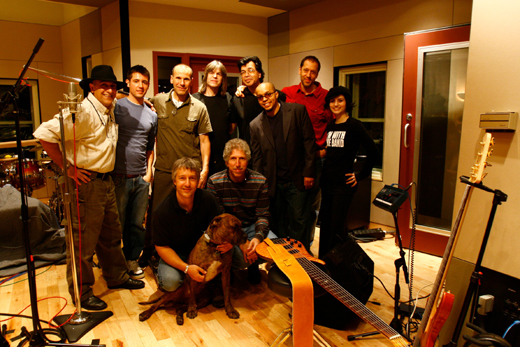
Yellow Jackets group shot in the live room, including Mike Stern, Rich Breen
engineer Hal Winer and his dog Sam, assistant engineer Kyle Bates, (photo credit: KVon and his assistant)
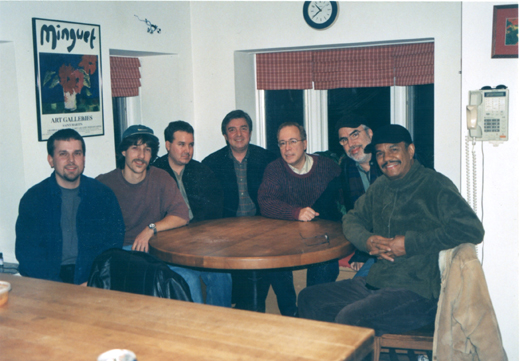
Scott Harper, Winer, Jeff Barone, Jack Wilkins, Eddie Gomez, Randy Brecker, and Jack
Dejohnette at the kitchen table.







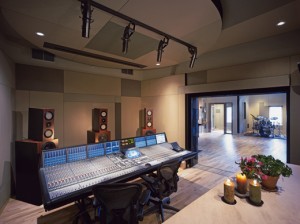
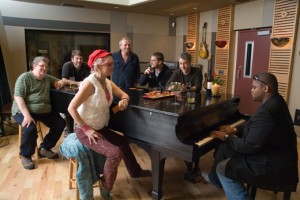
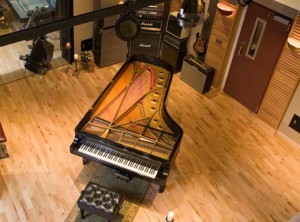
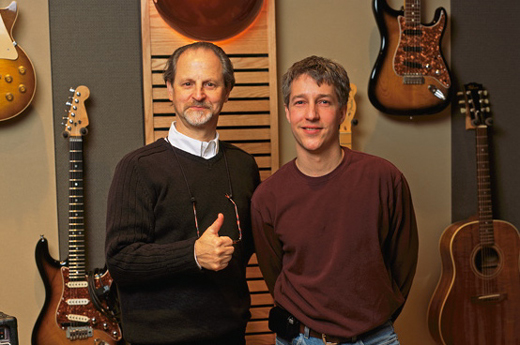
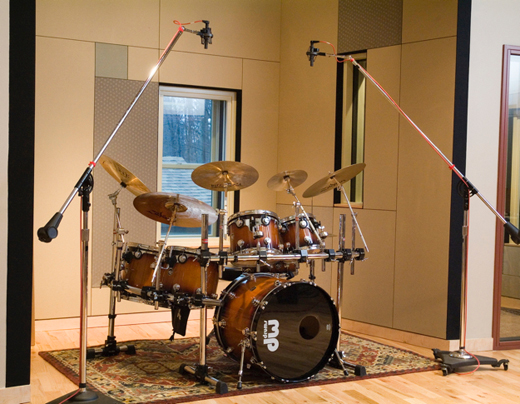
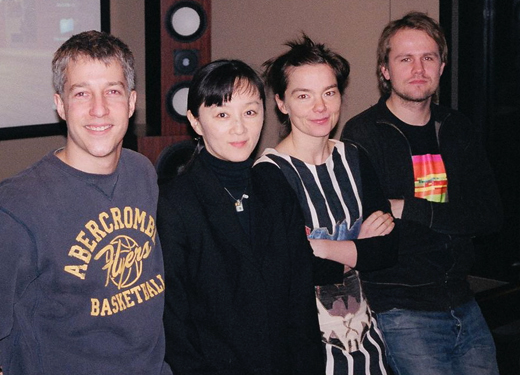
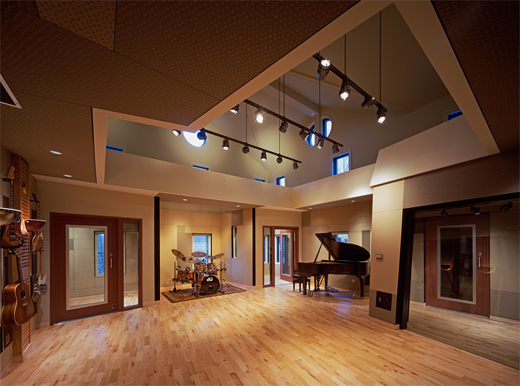
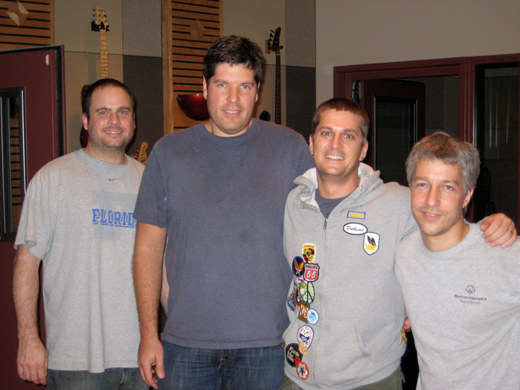
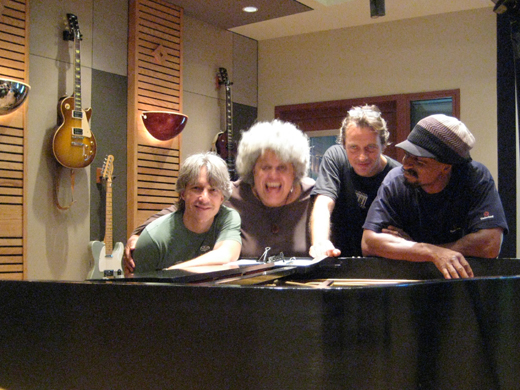
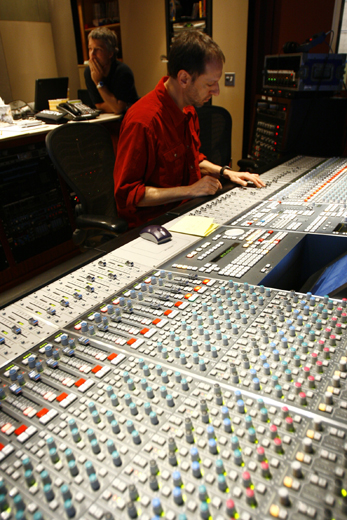
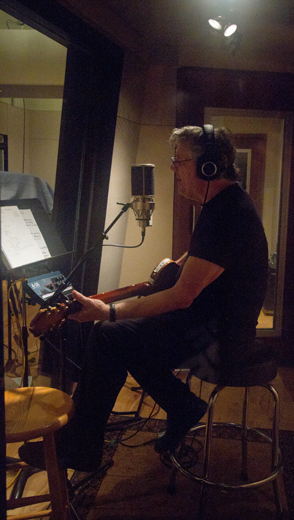
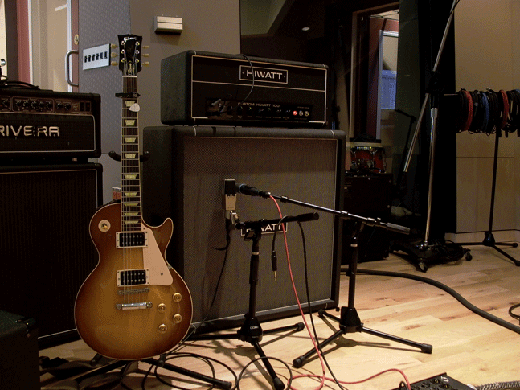
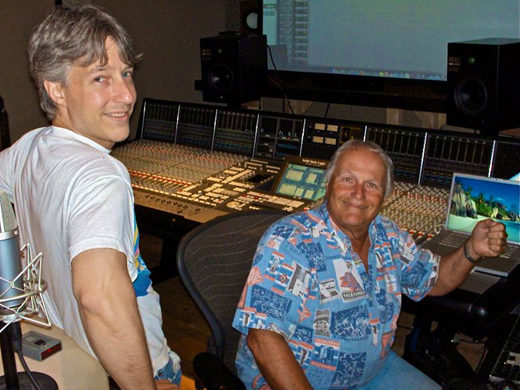
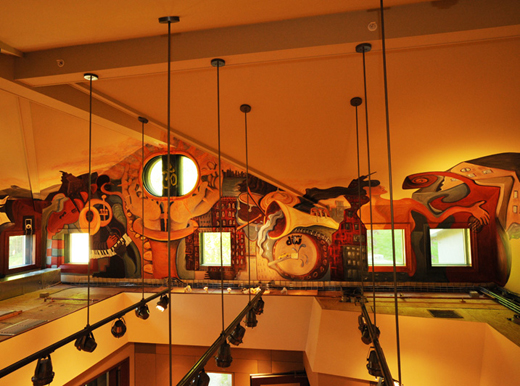
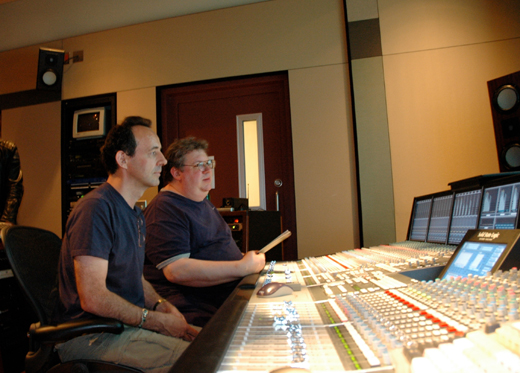
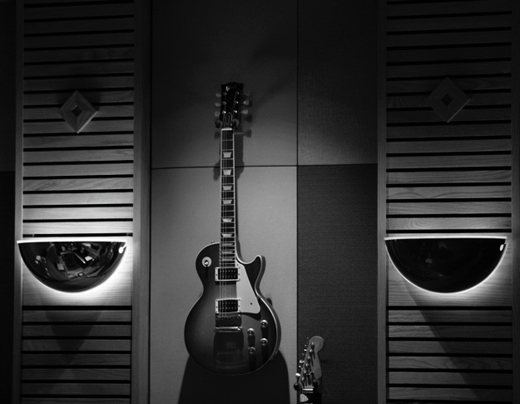
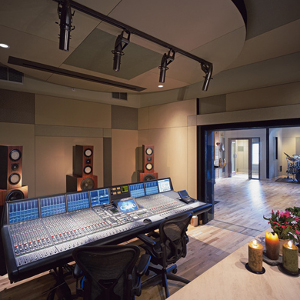
keenast
August 11, 2013 at 9:39 pm (12 years ago)What a beautiful studio! Sad it couldn’t support itself > may his next project prosper!!!
chrisstubbs
August 12, 2013 at 12:16 pm (12 years ago)Hal is a very talented person and a great guy. No question he will succeed in his next venture, just a shame that beautiful space may not be utilized to its fullest potential in the future.